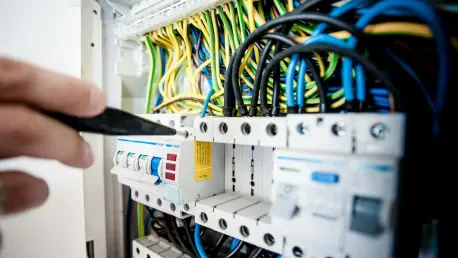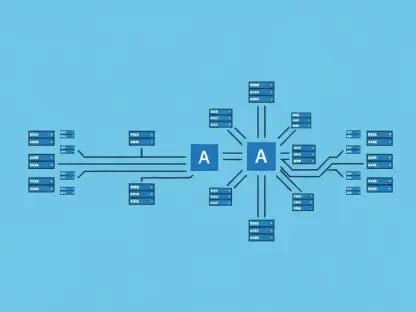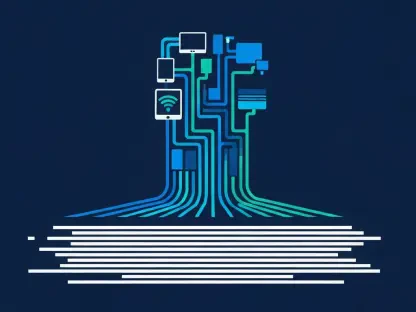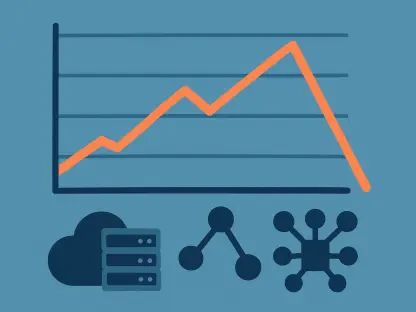In a world increasingly dependent on reliable energy systems, Vijay Raina stands out as a specialist in enterprise SaaS technology and software architecture. His insights into the complexities of system design and energy management offer a nuanced look at the evolving landscape of power systems and their associated challenges. As we delve into the review of the System Restart Standard being conducted by the AEMC, Vijay shares his perspective on the intricate dynamics and the crucial role of technological adaptation.
Can you explain the recent developments in the review of the System Restart Standard conducted by the AEMC?
The AEMC began its review of the System Restart Standard on December 12, 2024. Recently, the AEMO provided crucial technical advice that draws a detailed picture of the interactions between supply restart capabilities and the uncertainties brought by consumer energy resources. This development emphasizes the importance of understanding these interlinked dynamics as we move forward.
What technical advice did AEMO provide for the review in June 2025?
AEMO’s advice in June 2025 offered a sobering assessment of how supply restart capabilities align with resource reliability and the temporal challenges they face. They articulated the growing uncertainties in managing system restarts, impacted significantly by the evolving energy landscape and consumer energy behavior. These insights are instrumental in shaping more robust guidelines for future disruptions.
How do supply restart capabilities, resource reliability, time, and consumer energy resources impact future system restart events?
Future system restarts are fraught with complexities due to interdependencies between supply capabilities and the reliability of resources. Time and consumer energy resources add layers of uncertainty, particularly as we integrate more distributed energy sources. This integration can affect the speed and effectiveness of system restoration, thus requiring meticulous planning and advanced technologies to manage potential disruptions.
What are the primary objectives of System Restart Ancillary Services (SRAS)?
SRAS aims to provide resources necessary for restarting the power system after a major disruption. The main objectives involve setting parameters for the restoration speed and the extent of supply restoration. These services ensure that AEMO has the tools needed to procure resources critical for mitigating the effects of power outages promptly.
Why is there a need to adapt the approach to supporting system restart, according to AEMO?
According to AEMO, the energy transition is transforming the power system landscape, necessitating changes in how we approach system restarts. As technologies evolve, traditional methodologies may fall short, requiring new strategies to support system resilience and ensure rapid recovery following disruptions.
How have recent events in Spain and Portugal underscored the importance of restart services?
The incidents in Spain and Portugal highlighted the vulnerabilities within power systems and the essential nature of having reliable restart services. These events serve as stark reminders of how crucial it is to have well-prepared resources ready to manage unexpected widescale disruptions, preventing prolonged power outages.
What challenges for the provision of SRAS have been identified by AEMO?
AEMO identified several challenges, including a limited pool of capable SRAS providers in parts of the NEM regions, inadequate early-stage restoration participation from certain technologies, and the complexities induced by distributed photovoltaic systems. These issues stress the need for a strategic overhaul to enhance the provision of these services.
Can you elaborate on the findings from the 2024 General Power System Risk Review that influenced the 2025 draft?
The 2024 GPSRR uncovered ongoing and escalating challenges, such as the lack of system strength during restarts and risks from rising distributed PV usage. These findings were pivotal in shaping the 2025 draft, as they pointed to the need for addressing these challenges in the updated standards to ensure a resilient power system.
What are some of the specific challenges mentioned in the 2025 draft GPSRR related to system restart?
The 2025 draft GPSRR highlights issues like the limited pool of effective SRAS providers and the impacts of distributed PV. It also points out how public behavior can cause atypical load characteristics and that shifting generation mixes are altering traditional restart pathways. These challenges necessitate proactive solutions to maintain system reliability.
What recommendations did AEMO make in its technical advice to the Standard?
AEMO recommended bolstering capabilities to respond swiftly to disruptions, focusing on enhancing system strength and reliability. Their advice underscores adopting new methods and technologies to navigate the evolving power landscape and meet the needs of modern restoration processes.
How might the changing generation mix across NEM regions affect the system restart path?
The shift in generation mix, with an increased presence of renewable sources, affects the conventional restart pathways due to different operational characteristics. This change necessitates the development of flexible strategies to accommodate the variability and ensure that system restoration processes remain effective across diverse energy inputs.
How did public behavior during restart become a factor in atypical load characteristics?
During system restarts, public behavior can lead to unexpected power demands, creating atypical load patterns. Such behavior complicates the process, making it critical to anticipate and manage these loads accurately to avoid cascading failures during recovery.
Who were some of the entities that submitted feedback or contributions to the AEMC’s review process?
Feedback and contributions came from a diverse group, including NSPs, the Clean Energy Council, Generators, Tomago aluminum smelter, the Energy Users Association of Australia, and the Australian Aluminum Council. These entities provided valuable insights and perspectives to guide the review.
When is the AEMC expected to complete the review of the System Restart Standard?
The AEMC is slated to complete their review by the end of 2025, allowing time to incorporate the feedback and technical advice to finalize the revised standards.
What is your forecast for the future of system restart strategies?
As the energy landscape continues to evolve, I foresee a substantial shift towards integrating more adaptive, technology-driven solutions. These strategies will prioritize resilience, leveraging advancements in predictive analytics and decentralized energy management to provide robust and reliable restart capabilities. Collaboration will be key, bringing together diverse stakeholders to innovate and support a future-proof system restart framework.









